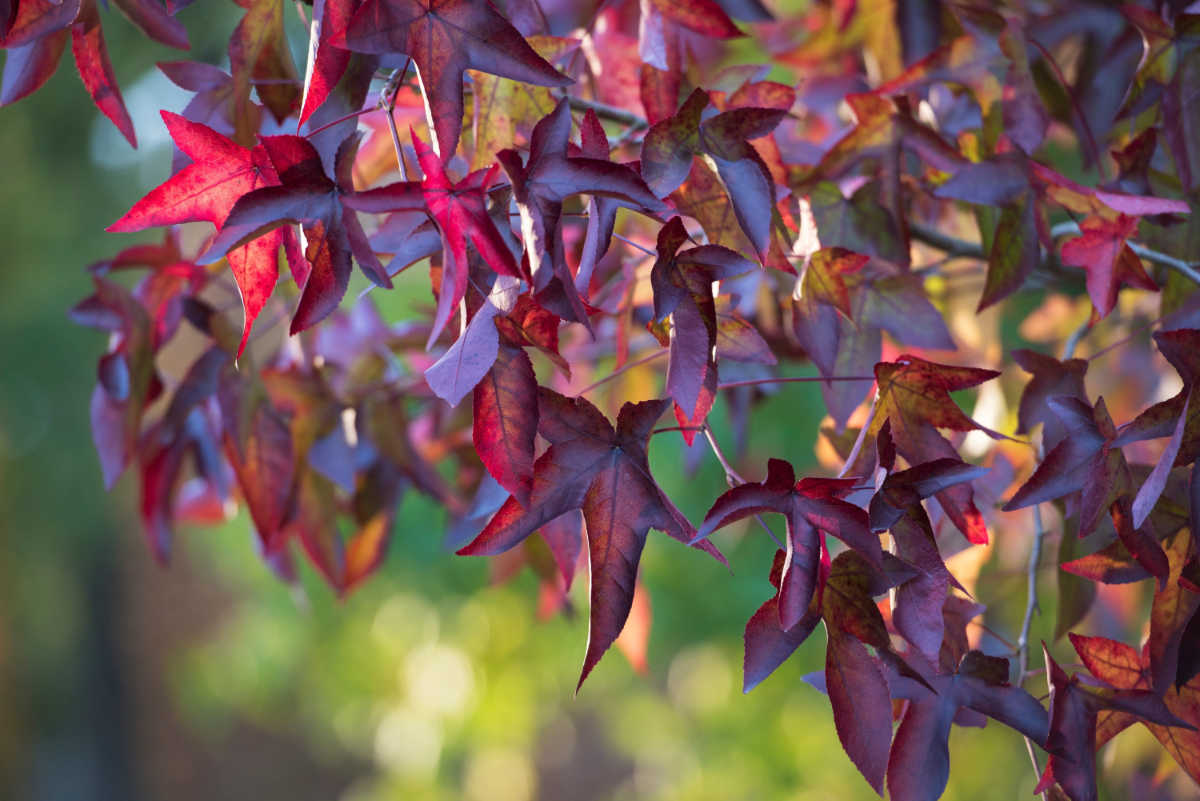As National Tree Week (November 23-December 1) nears, a Kew expert offers his top picks for different sized spots.
As National Tree Week, the UK’s largest annual tree celebration, approaches, it’s an ideal time to plant a tree in your garden.
But which tree in which space? Tony Kirkham, head of arboretum, gardens and horticultural services at the Royal Botanic Garden, Kew, selects five trees which will be suitable for different spaces.
Recommended: Raymond Blanc urges gardeners to plant heritage apple trees.
Balcony Garden: Maidenhair tree (Ginkgo biloba)
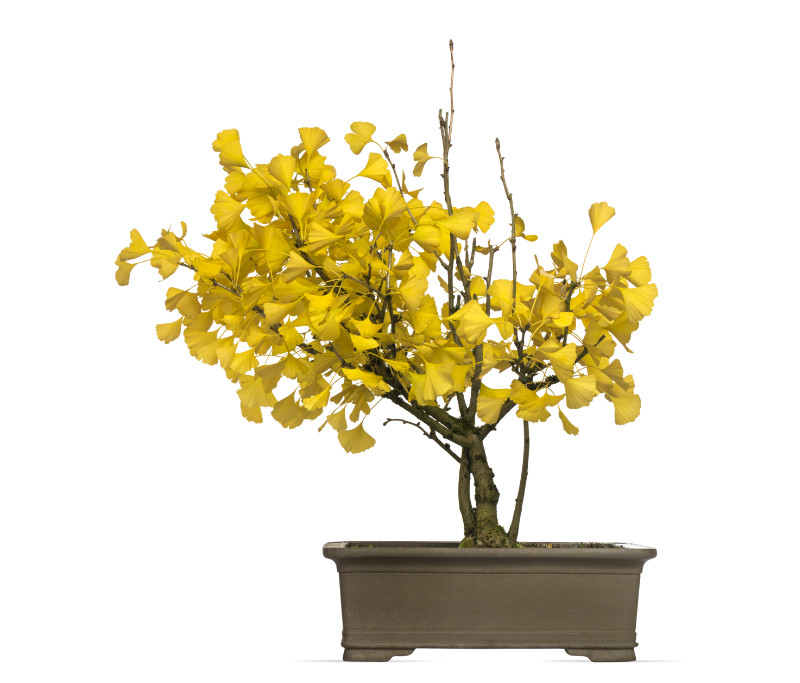
“On a balcony garden you’ll be growing plants in containers and ginkgos adapt well to a restricted root system. They are more or less bonsai and I have three on my decking at home that have been there for 10 years,” he explains.
They need to be planted in a free-draining potting mix, preferably loam based, he advises. They don’t necessarily need to be placed in a big container.
“If you buy a small tree it will be happy with restricted growth, but you will need to pot it up regularly – in other words, change the potting mix. Mine have been in the same pots for five years so I need to pot them again, but I’ll be putting them back in the same sized container, I’ll just be replacing the soil.”
These slow-growing trees will “just stay small and grow within their means” but you will still get the “fantastic yellow autumn leaf colour”, Kirkham says.
“Depending on your space you might go for a columnar type, ‘Fastigiata’, or a weeping ‘Pendula’.”
Courtyard Garden: The upright tulip tree ( Liriodendron tulipifera ‘Fastigiatum’)
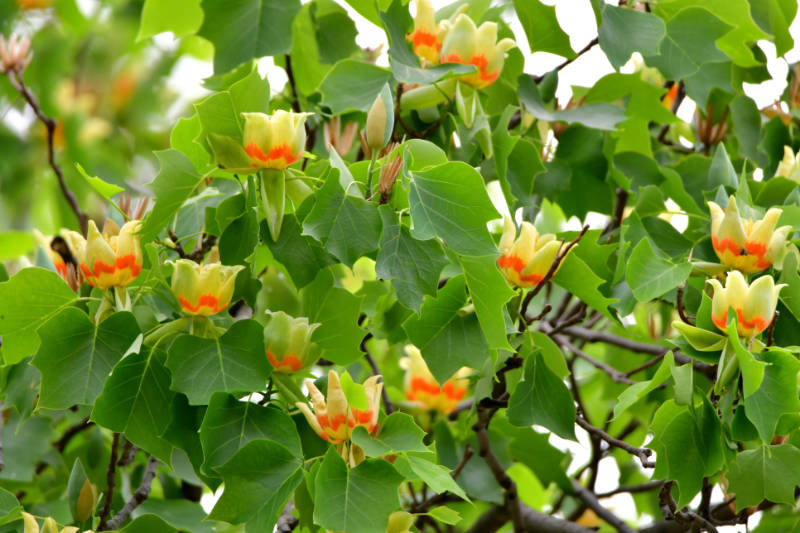
“In a courtyard garden, there won’t be much space for spread, so go for the upright tulip tree. Its autumn leaf colour is fantastic, guaranteed to go butter yellow.
“The columnar form goes much better if you have a restricted space and won’t cast a lot of shadow on a relatively small area.
“The trees produce tulip-like flowers in May. They will need some sun and won’t tolerate shade, so make sure there’s enough light in your courtyard to grow.”
Orchard: North American thorn (Crataegus persimilis ‘Prunifolia’)
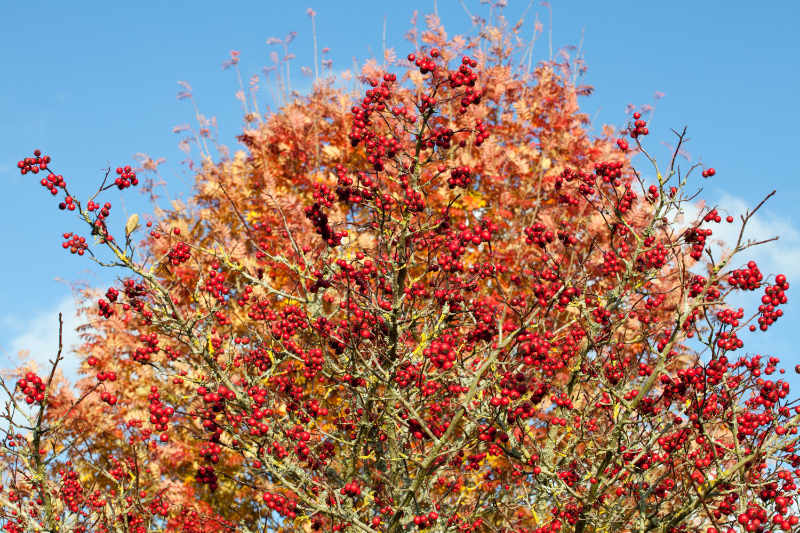
“It’s not a hawthorn, but a type of thorn – there are so many species of crataegus,” Kirkham says.
“Again, it gives brilliant autumn colour but lends itself to an orchard because it also fruits well. The fruits are bright red and pretty stunning against the autumn leaves.”
Large garden: Sweetgum (Liquidambar styraciflua)
“The sweetgum is probably the most respected for its autumn colour. Most of the others I’ve talked about have yellow leaves in autumn but the leaves on this one turn red, purple, yellow or multi-coloured depending on which form you get. It’s one of the best trees in the world for autumn colour.
“It’s well-behaved and good in any large garden situation. Initially it grows fast and then it slows down. It can reach 20m but that’s an old tree. It generally grows to 12-15m.”
Contemporary garden: Japanese rowan (Sorbus ulleungensis ‘Dodong’ also known as ‘Olympic Flame’)
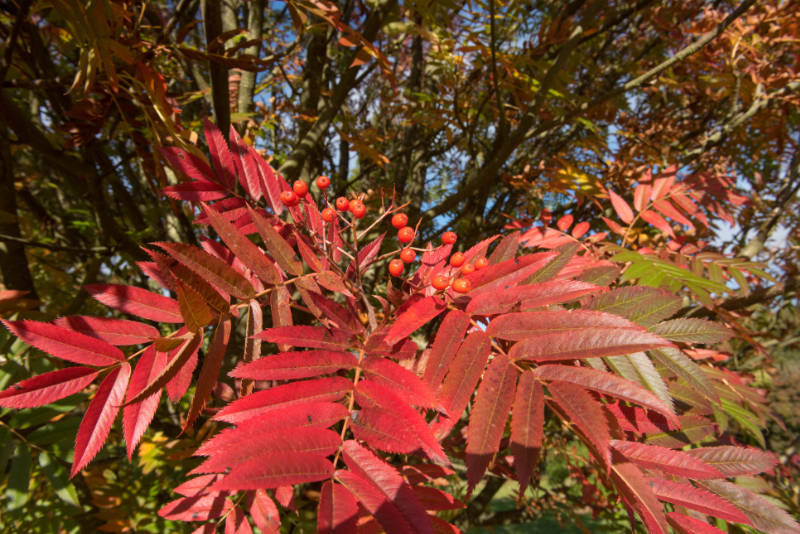
“For the contemporary garden, this tree is quite architectural, with a very good form of quite stout branches and big buds, so it’s a good shape and you can get it multi-stemmed or on a single trunk.
“It’s got a lovely pinnate leaf and fantastic autumn colours, its leaves turning from tangerine to red, and isn’t really affected by pests and diseases apart from a bit of fire blight.”
The tree also produces white flowers followed by red fruits – so it’s an all-round star which remains quite small and is slow-growing. Plant it in the ground rather than a pot.
How to plant a tree
The RHS offers the following guide:
1. Dig a planting hole around three times the size of the pot and around the same depth, loosening the soil around the hole. Kirkham advises not to add compost or fertiliser to the soil.
2. Soak the rootball before planting, ideally in a bucket of water and then loosen the tree roots so they aren’t compacted.
3. Place the tree into the hole, so that the point where the roots meet the trunk is level with the surface of the soil.
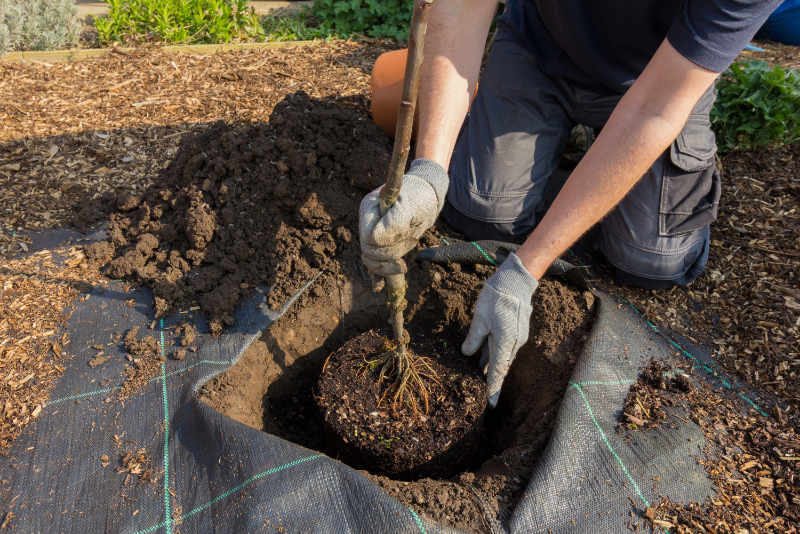
4. Refill the hole, making sure there are no air pockets and firm the soil around the tree.
5. Water well. Add a 5-8cm (2-3in) layer of mulch but leave a 10cm (4in) mulch-free collar around base of stem.
Kirkham adds: “Only use a tree stake if needed. If you do stake, use a round stake and a proper tree tie. Keep the area weeded and well watered.”
National Tree Week runs from Nov 23-Dec 1. For details visit treecouncil.org.uk/Take-Part/National-Tree-Week























































